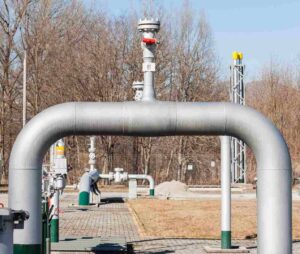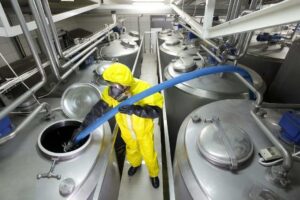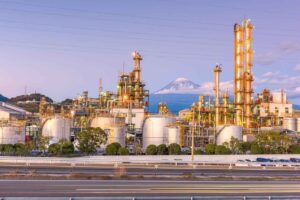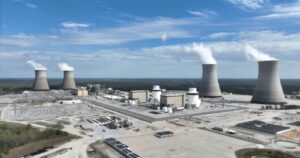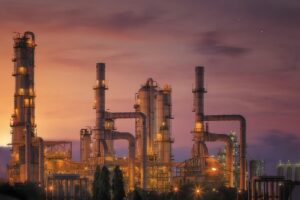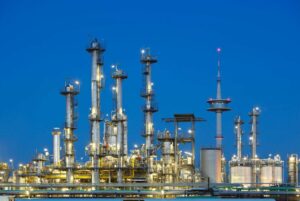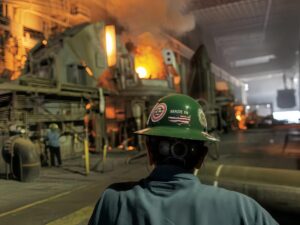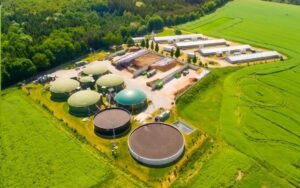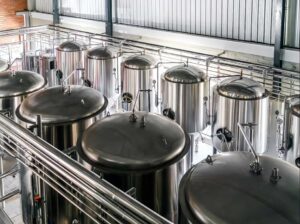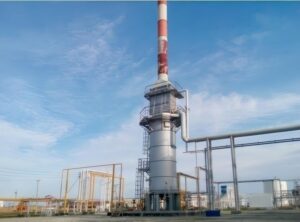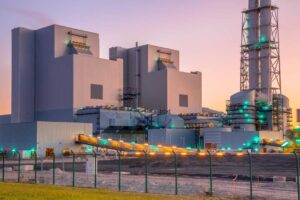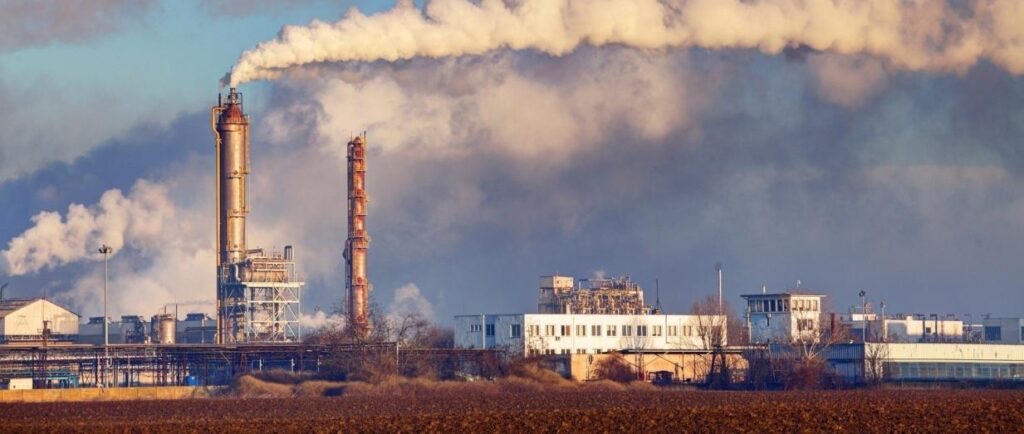
In our last post, we showed how ESEGAS’s multi-gas analyzer and rugged CEMS boost waste-to-energy plants. Therefore, the waste incineration can achieve precise, compliant emissions monitoring. We can now proceed to a more detailed examination. This post shares tips for calibrating your multi-gas CEMS, maintaining peak performance, and integrating its data with your control system.
First, we’ll introduce the main components of multi-gas CEMS. Next, we’ll explain why regular calibration is essential for accuracy and compliance, plus easy steps to streamline it. Then, we’ll cover proactive maintenance—from filter swaps to sensor checks—that cuts downtime and prolongs analyzer life. Finally, you’ll learn how to use tools like OPC UA and MQTT to automate data collection and simplify reporting.
By the end, you’ll have a clear plan to keep your ESEGAS CEMS running smoothly and meeting all rules. Stay tuned as we unlock the secrets to calibration precision, maintenance efficiency, and data-driven compliance.
What Are the Key Components of a Robust Multi-Gas CEMS Installation?
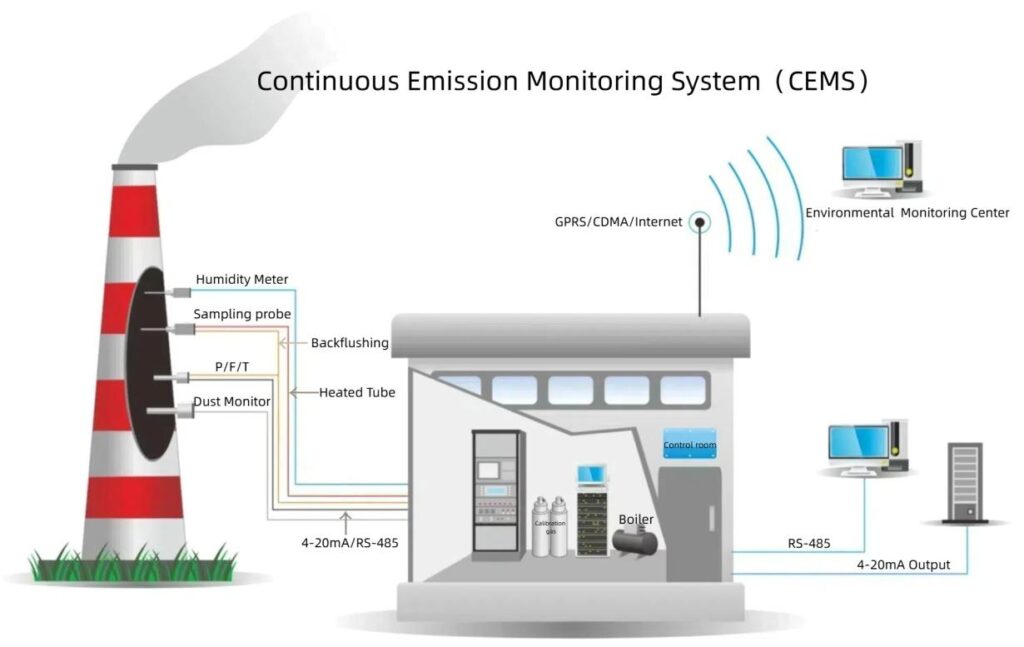
A solid Multi-Gas CEMS setup does more than multi-gas analyzers. First, the system must extract a clean, dry gas sample. Then, it conditions, measures, logs, and calibrates that sample. Together, these steps deliver accurate, compliant emissions data around the clock.
Let’s break down each component and explore how they work together.
- Sample Probe & Umbilical: First, insert a heated probe into the stack to extract flue gas. The probe stays at 250–350 °C to prevent moisture condensation and corrosion. You’ll choose ceramic or stainless steel for durability in harsh, wet environments. The heated umbilical then delivers the hot, clean sample to the conditioning unit.
- Sample Conditioning System: Next, the gas passes through filters to remove particulates. Then, the system cools or dilutes the sample to a set temperature and pressure. Proper conditioning protects your analyzers and keeps readings stable. Without this step, dust and moisture can foul sensors and skew data.
- Analyzer Cabinet: Then, you house NDIR cells, CLDs, vacuum pumps, and power supplies in a climate-controlled cabinet. Inside, the conditioned gas splits among modular multi-gas analyzer units for easy swapping and maintenance. This enclosure maintains a constant temperature to safeguard sensitive optics and electronics.
- Data Acquisition and Handling System (DAHS): After each test, the DAHS gathers digital outputs from every multi-gas analyzer. The DAHS time-stamps each reading, stores histories, and generates real-time dashboards. It also pushes data to your DCS/SCADA or a cloud platform for unified reporting and audit readiness.
- Calibration Module: Daily zero and span checks come from an automated calibration box. It delivers certified gases at set intervals, per EPA or local rules. Regular calibration limits sensor drift, so your readings stay valid and defensible during inspections.
- Additional Sensors (optional): You can also add opacity meters and flow meters for a complete emissions picture. For instance:
- Opacity Monitor: Tracks dust and haze.
- Flow Meter: Verifies stack gas velocity and volume.
Together, these components form a multi-gas CEMS that delivers continuous, accurate emissions data. By integrating extraction, conditioning, gas monitoring, data handling, calibration, and optional sensors, you ensure compliance and operational insight—day in, day out.
What Criteria Should Be Used to Select and Position a Multi-Gas CEMS?
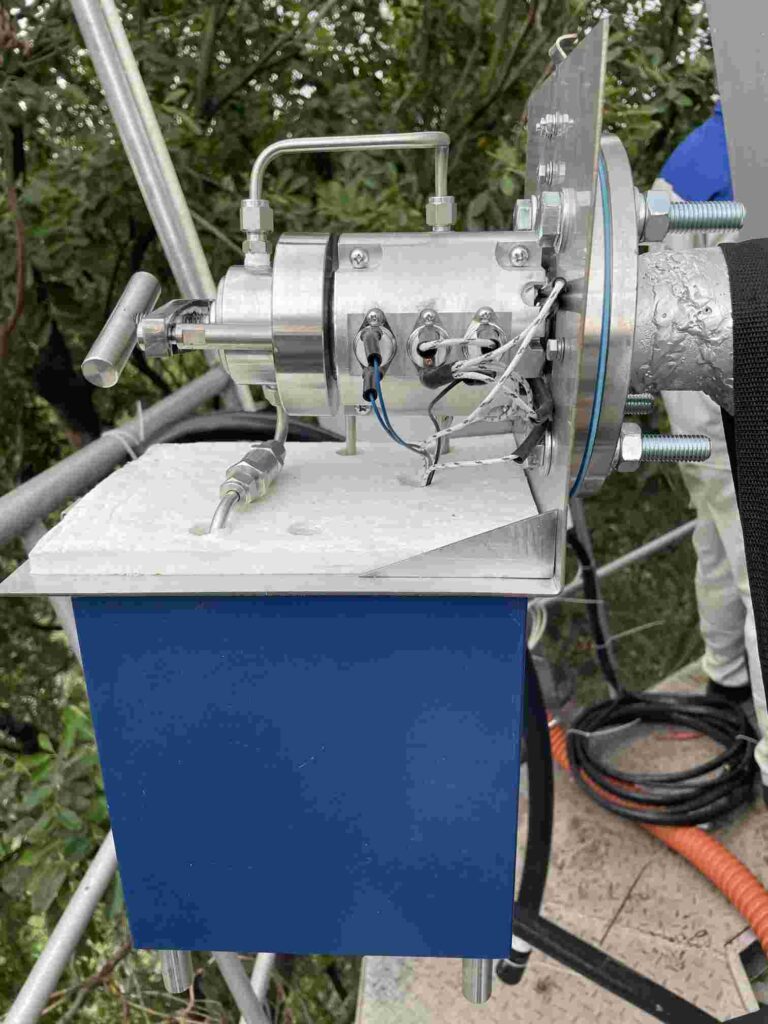
Site Assessment & Probe Placement
First, survey your plant layout and stack details. Note stack diameter, gas temperature, pollutant levels, and clearance space. Then, install the sampling probe in a well-mixed zone—typically after the last elbow, at least 10% of the diameter from the wall.
For multiple boilers, use extra probes or a manifold. Since flue gas runs hot, humid, and corrosive, choose heater-traced, corrosion-resistant probes and umbilicals. Also, ensure the probe is easy to access and meets hot-work and fall-protection rules. In the end, involve process engineers early so you can align your probe position with burners, vents, and DCS tie-ins.
Calibration, Validation & Maintenance
Followed, establish a rigorous calibration and upkeep plan. Use your CEMS’s auto-cal panel for daily or weekly zero/span checks to catch drift early. Keep calibration logs for audits. Then, perform an annual system validation, such as RATA or parallel sampling, to verify accuracy against independent standards.
Meanwhile, replace sample filters, clean probes, inspect heater lines, and check analyzer baselines on a set schedule. Trending calibration data helps you spot sensors ready for service. In critical plants, consider redundant cells (e.g., dual NOₓ channels) to maintain uptime during maintenance. A proactive maintenance plan—backed by service contracts or remote support—safeguards data quality and compliance.
Integration with Plant Controls
Finally, integrate CEMS outputs into your DCS or SCADA via Ethernet or Modbus. Configure your DAHS to push live NOₓ, CO, and O₂ readings to control loops and dashboards. This lets operators set alarms, view trends, and tweak burner settings in real time.
For example, a NOₓ spike can trigger an air-flow boost, while a CO rise can activate extra primary air. By embedding emission data into your HSE interlocks and process controls, you turn insights into automated actions. As a result, you boost both safety and efficiency without manual intervention.
How Do You Achieve Optimal Data Control with Multi-Gas CEMS?
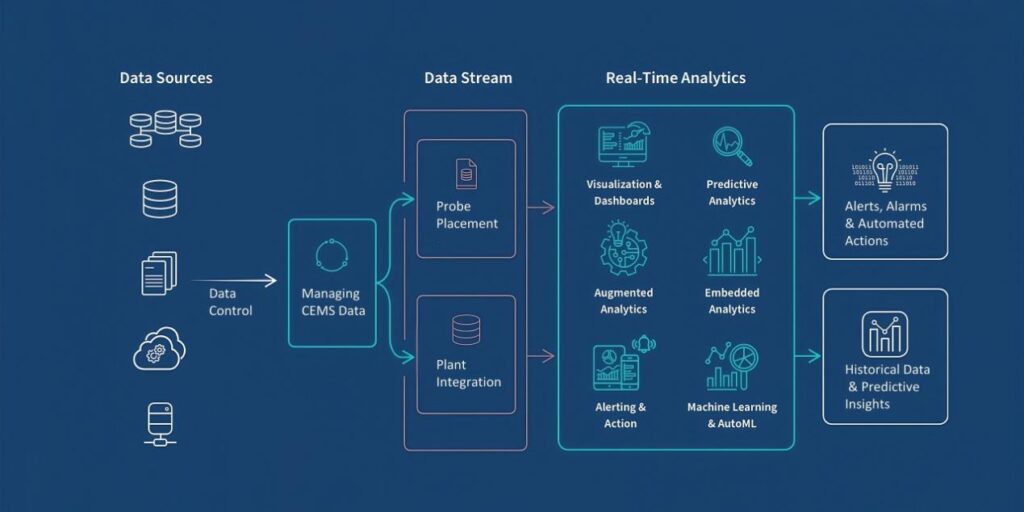
To bridge probe placement and plant integration, let’s now focus on managing your CEMS data. Effective control means turning raw readings into clear insights, timely alerts, and forward-looking actions.
Real-Time Dashboards & Visualization
First, give operators live dashboards that display gas trends, alarms, and historical charts. Good interfaces let users:
- Toggle between NOₓ, CO, and O₂ curves
- Zoom into past hours or days
- Overlay multiple gases for direct comparison
Dashboards compare readings to limits, helping teams’ spot issues, like a late-night CO spike, before they cause violations. Plus, data export to plant historians or cloud tools keeps data scalable and audit-ready.
Alerts, Alarms & Automated Actions
Next, configure multi-tier alarms with pre-warnings below violation thresholds. For example:
1.Issue a CO warning at 80% of the limit
2.Send SMS/email or flash the control-room screen
3.Trigger interlocks—such as adding primary air or cutting fuel
This staged approach gives operators breathing room to tune combustion.
Meanwhile, smart timing avoids alarm fatigue by silencing nuisance triggers. In critical units, persistently high readings can escalate notifications to supervisors, ensuring swift corrective action.
Historical Data & Predictive Insights
Finally, mine your archived CEMS logs for trends and forecasts. Use trending tools to link emissions with fuel type, load changes, or seasonal effects. For instance, a weekly NOₓ graph might reveal burner wear. Then, apply predictive models or PEMS algorithms to:
- Forecast emissions under varying loads
- Detect anomalies that signal sensor faults
- Plan maintenance before breakdowns
Using real-time and historical data makes your CEMS a proactive tool for safer, more efficient operations.
What Practical Steps and ROI Considerations Are Essential for Multi-Gas CEMS Deployment?
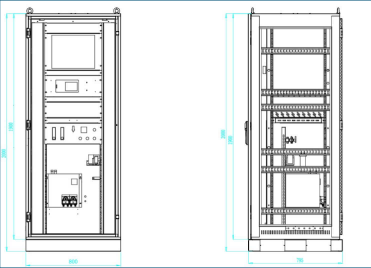
Step-by-Step Implementation Guide
- Requirements: Start by listing your target pollutants—CO, NOₓ, SO₂, HCl, HF, NH₃, and particulates—based on your permits and waste type. Then, review EU IED, US EPA, and local rules to set accuracy and sampling frequency.
- Vendor Selection: Next, invite proposals from ESEGAS. Compare extractive (hot vs. dry), FTIR, and multi-sensor CEMS technologies. Confirm each vendor can handle your flue gas conditions.
- System Design: Then, collaborate with engineers to map probe locations, duct penetrations, and analyzer shelter space. Specify sample filters, pumps, coolers, and gas cylinder storage with safety measures.
- Installation: After design approval, mount probes and umbilicals. Install the analyzer cabinet and connect power, communications, and interlocks.
- Commissioning: Run site acceptance tests (SAT), perform zero/span calibrations, and conduct RATA or stack tests to validate performance.
- Training: Ensure operators and technicians learn to read CEMS data, carry out calibrations, and troubleshoot issues.
- Ongoing Support: Finally, secure service contracts or build in-house expertise for routine maintenance and emergency support.
Cost-Benefit & ROI Analysis
Adopting a multi-gas CEMS requires upfront capital and operational costs. Yet, the return often arrives quickly in high-emitting plants. Here’s why:
- Penalty Avoidance: Continuous monitoring detects excursions early, avoiding fines or shutdowns worth tens of thousands.
- Fuel Efficiency: Real-time data lets you fine-tune combustion. Studies show CEMS-driven optimization cuts fuel use and boosts energy recovery per ton of waste.
- Labor Savings: Automated sampling and reporting reduce manual stack tests, freeing staff for higher-value tasks.
- Permitting Leverage: Demonstrated compliance and transparent reporting can smooth permit renewals and community relations.
- Predictive Maintenance: Trend gas monitoring flags sensor drift or system wear before failures occur, cutting unplanned downtime.
Overall, combining compliance insurance with practical gains often recoups system costs in less than three years. Moreover, intangible benefits—like improved stakeholder trust and stronger ESG performance—amplify your plant’s value and resilience.
How Did Multi-Gas CEMS Enhance Operations at Waste-to-Energy Plants?
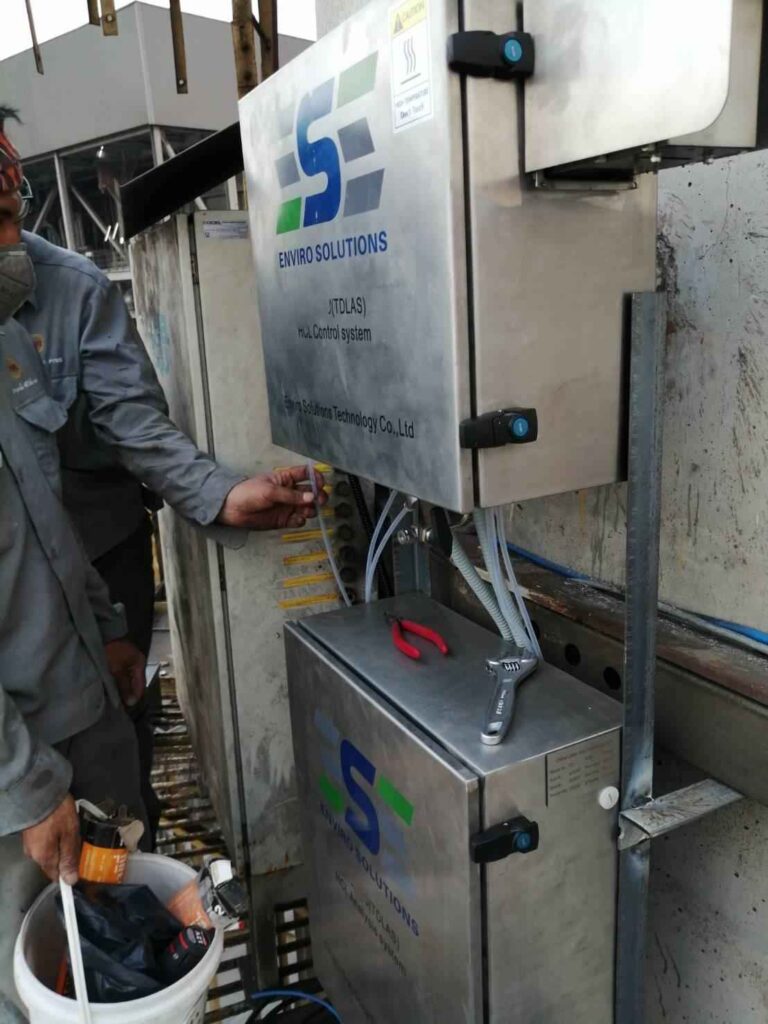
(ESEGAS TDL gas analysis system in Waste Incineration)
Real-World Case Study
A large waste-to-energy plant needed to track SO₂, NOₓ, CO, CO₂, and HCl. Therefore, ESEGAS provided a combined CEMS and TDL gas analysis system solution.
First, engineers installed a continuous emissions monitoring system to watch SO₂, NOₓ, CO, CO₂, and particulates. Next, they added a tunable diode laser (TDL) gas analysis system for precise HCl readings. With the system live, operators could spot spikes instantly and react without delay.
Emission Reductions & Process Tuning
Using real-time NOₓ and CO data, the team adjusted air/fuel staging to cut incomplete combustion. Consequently, the plant reported large drops in SO₂, NOₓ, CO, and HCl—meeting all local and national standards. Moreover, reduced unburned carbon in the flue gas confirmed more efficient combustion.
Economic & Social Impact
Beyond compliance, combustion tuning lowered fuel costs and boosted energy output per ton of waste. The plant avoided hefty fines and cut operating expenses. Finally, it shared its transparent emission results with the community. As a result, local stakeholders praised the plant’s environmental stewardship and strengthened its social license.
Conclusion
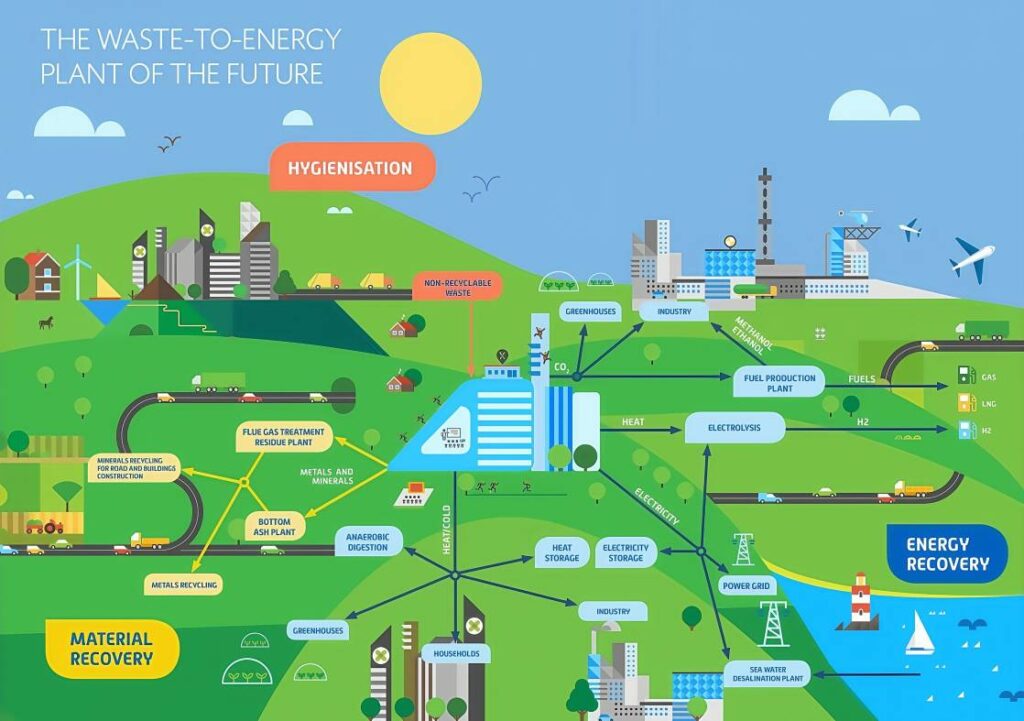
(Future Waste-to-energy Plant)
Deploying a real-time multi-gas CEMS transforms a waste-to-energy plant from mere compliance to proactive control. These systems provide constant proof of compliance and give operators data to improve combustion and reduce emissions.
Following this roadmap turns emissions monitoring from a chore into a tool for efficiency, safety, and sustainability. If you want to know more, contact with us please!





